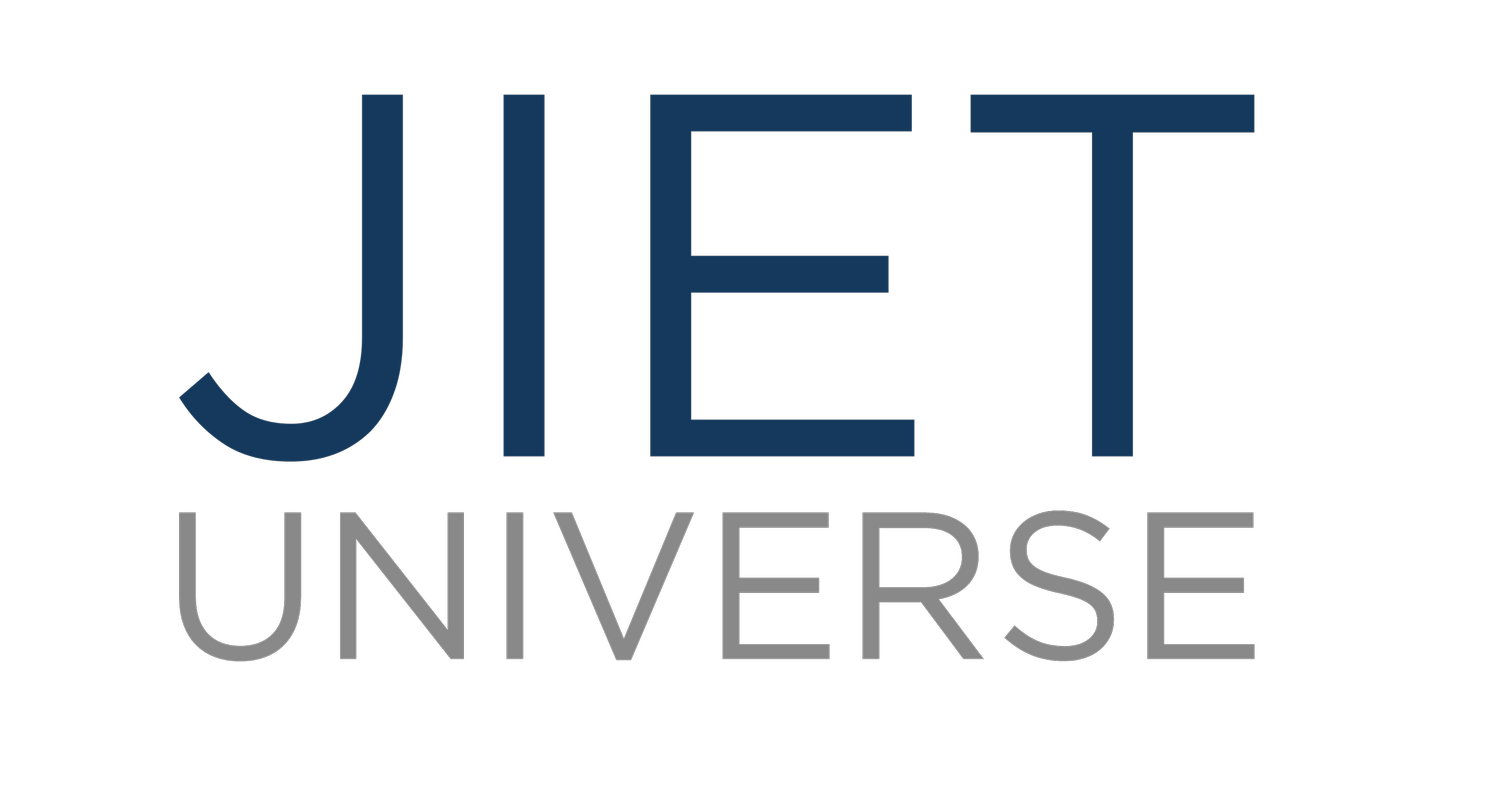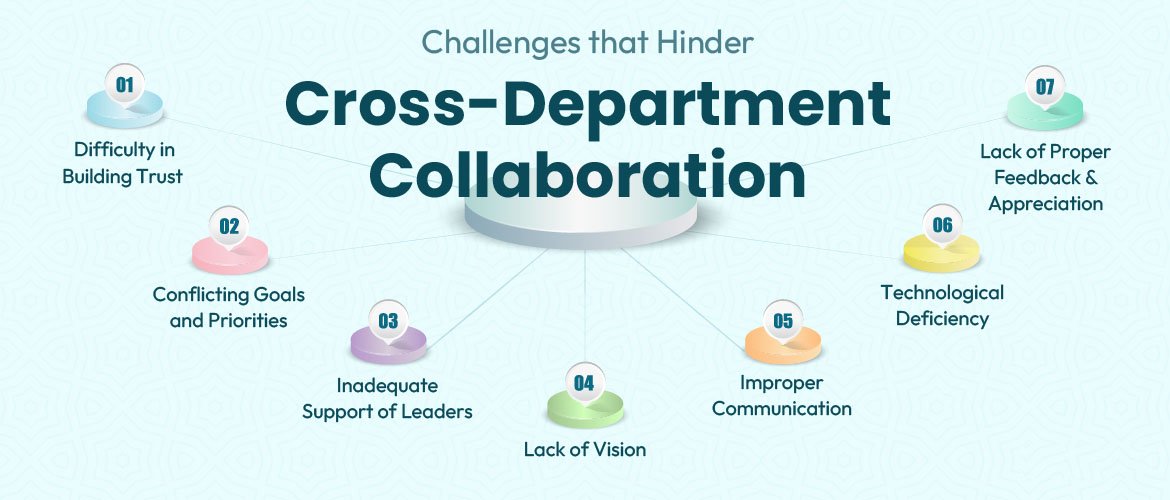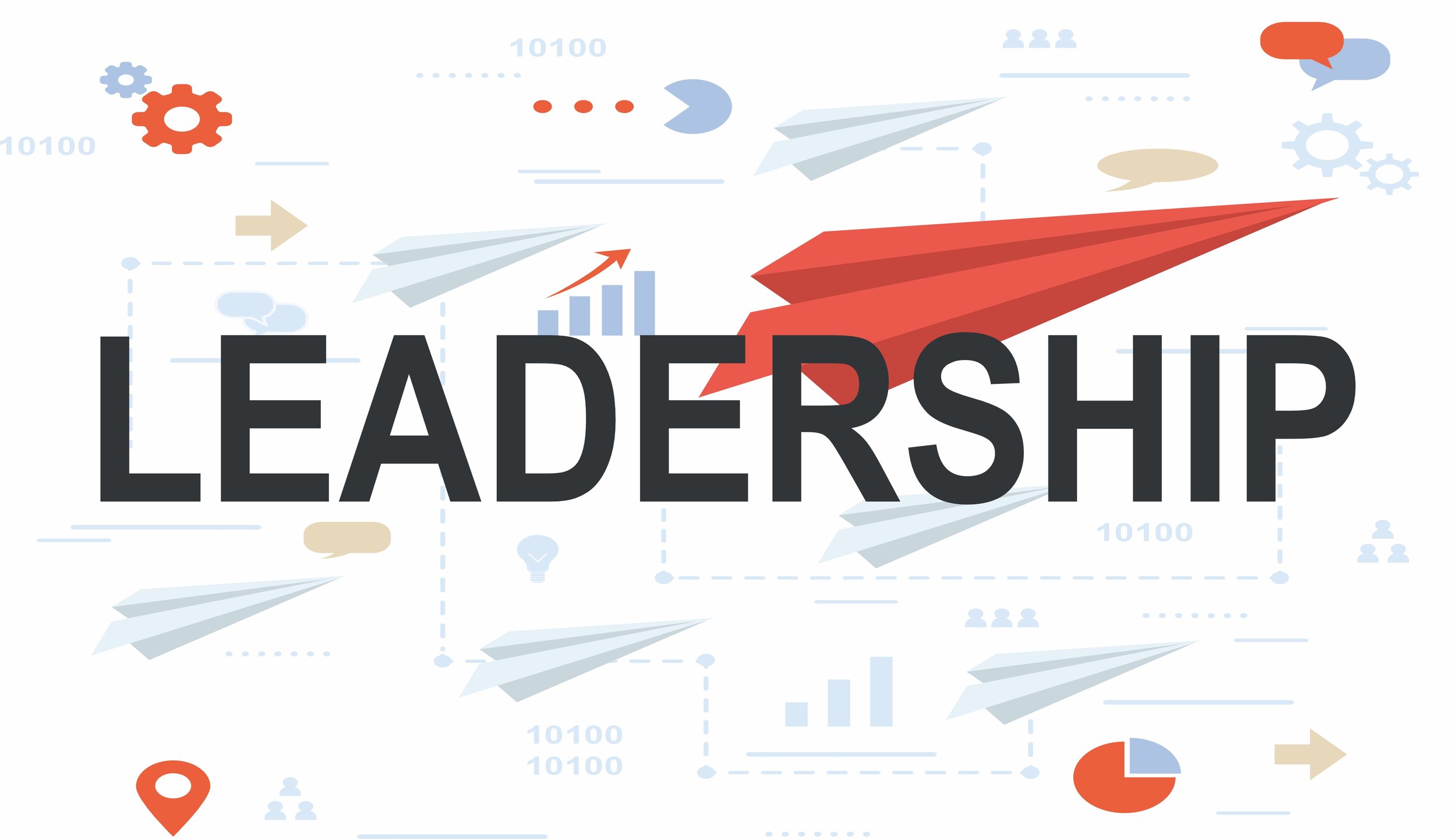Computer Vision: Applying Machine Learning to Image and Video Analysis
In today's world, we are surrounded by images and videos. With the help of technology, we can now capture and store them easily. However, the real challenge is to extract useful information from these visuals. That's where computer vision comes into play.
The area of computer vision that falls under artificial intelligence
enables machines to interpret and understand the content of visual data, such as images and videos. By applying machine learning algorithms to image and video analysis, computer vision can recognize patterns, detect objects, and even identify faces.
Applications of Computer Vision
The applications of computer vision are diverse and widespread. From healthcare to entertainment, from security to retail, computer vision is used in various industries. Let's examine some of the most prevalent applications of computer vision:
Healthcare: Medical imaging uses computer vision to identify and treat conditions like cancer, Alzheimer's, and heart disease.
Security: Computer vision is used in surveillance systems to detect and track suspicious behavior and identify potential threats.
Retail: Computer vision is used in retail stores to analyze customer behavior and optimize store layout and product placement.
Entertainment: Computer vision is used in the film and gaming industry to create realistic special effects and animations.
Machine Learning and Computer Vision
A kind of artificial intelligence called machine learning allows machines to learn from data and gradually improve their performance. By combining machine learning algorithms with computer vision, We can develop intelligent, teachable systems. From experience, and improve their accuracy in recognizing patterns, detecting objects, and identifying faces.
Convolutional Neural Networks (CNNs) are among the most widely used machine learning methods in computer vision. CNNs are designed to analyze visual data by breaking down the image into smaller pieces and processing each piece separately. This enables the network to learn complex patterns and features of the image and improve its accuracy over time.
Challenges and Opportunities
Although computer vision has made significant progress in recent years, there are still some challenges that need to be addressed. Some of the challenges include:
Limited Data: Computer vision algorithms require large amounts of data to learn and improve their accuracy. However, in some cases, such as medical imaging, there may be limited data available for training.
Interpretability: It might be tricky to comprehend how computer vision algorithms arrive at their judgments since they can be challenging to interpret.
Despite the challenges, computer vision presents significant opportunities for innovation and growth. By applying machine learning to image and video analysis, we can create intelligent systems that can recognize patterns, detect objects, and identify faces with a high degree of accuracy.
Conclusion
The field of computer vision is one that has the potential to revolutionize several industries. By applying machine learning algorithms to image and video analysis, we can create intelligent systems that can learn from experience and improve their accuracy over time. With the increasing availability of visual data and the advancement of machine learning algorithms, the future of computer vision looks bright.
If computer vision and machine learning interest you, read on. Consider exploring JIET Universe's courses in this field. With a focus on practical learning, You may gain the expertise and information you need to succeed in this interesting industry by working with JIET Universe.





